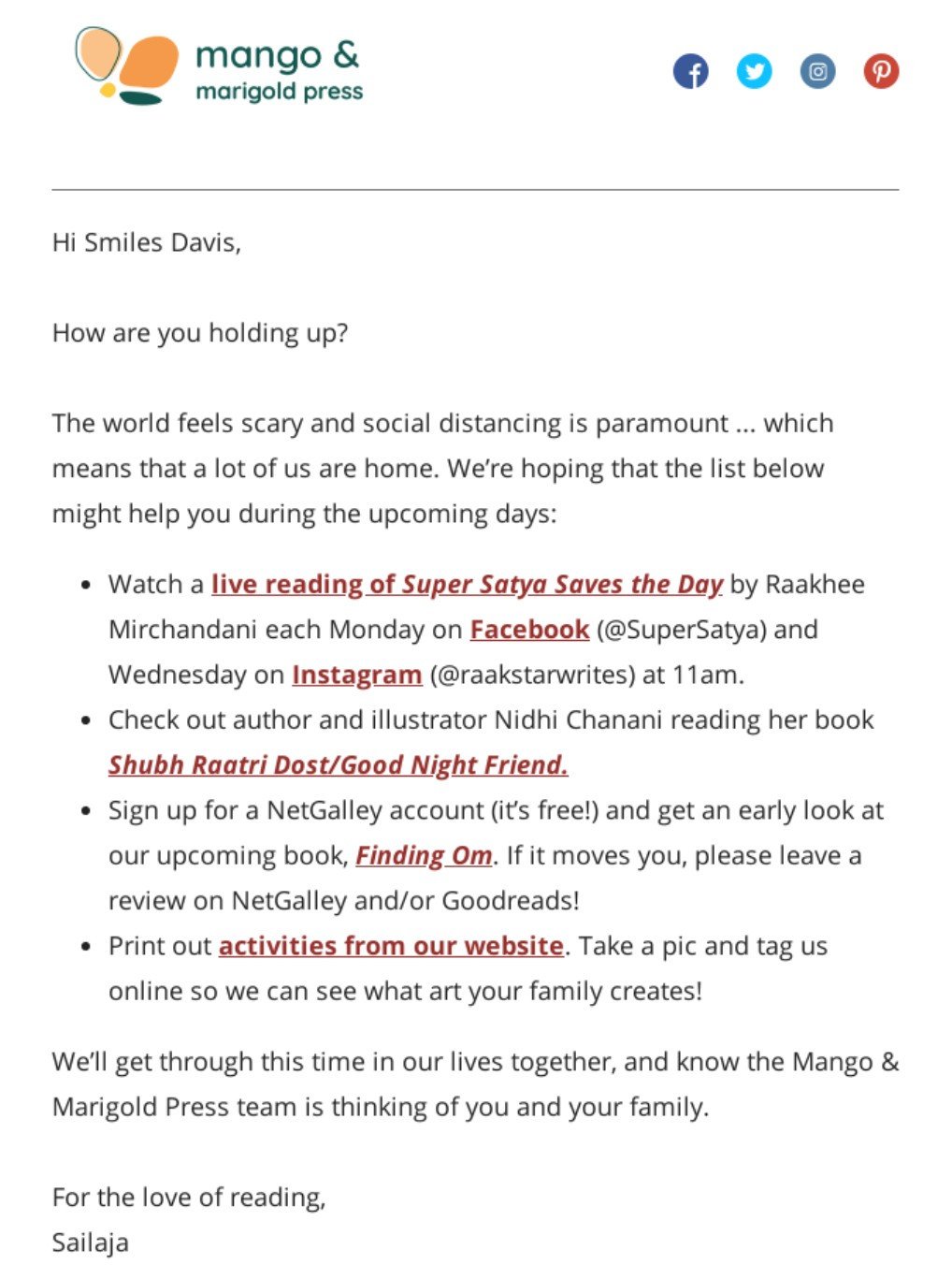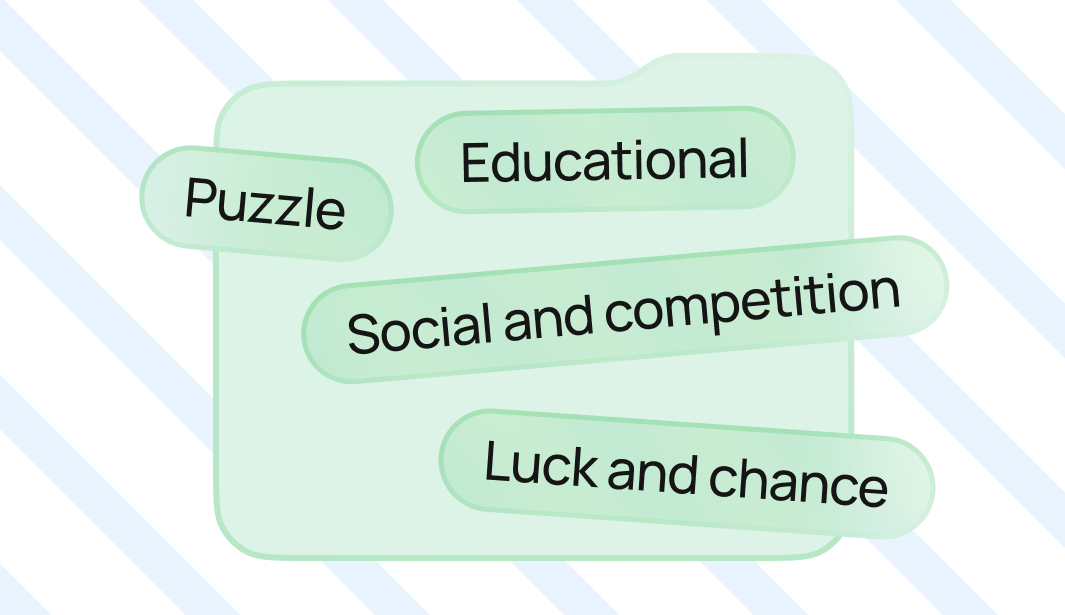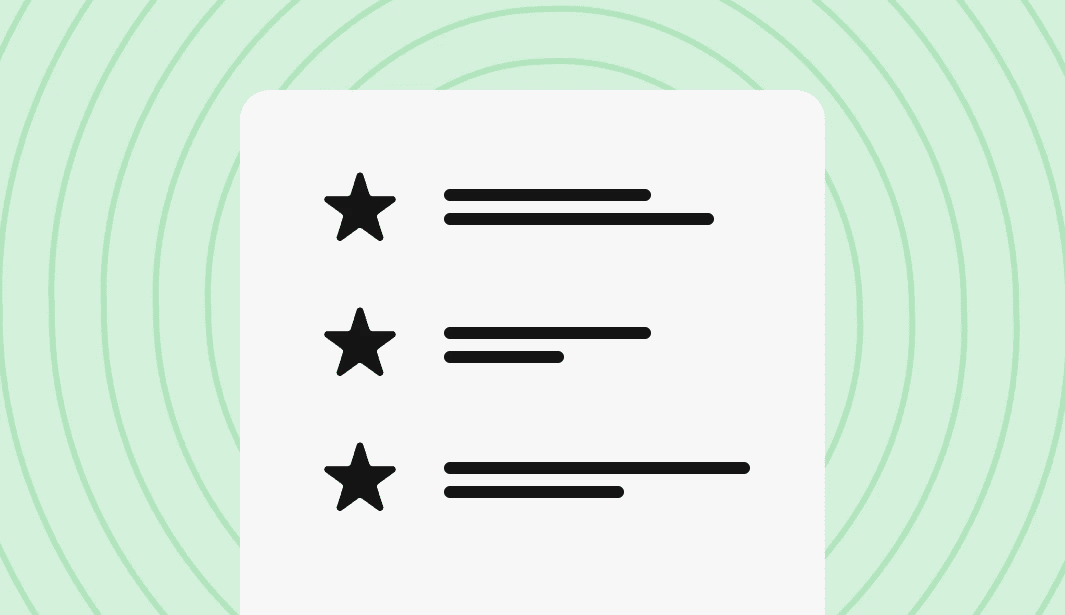The perspective of an email developer is vital for understanding email marketing as a channel for product promotion and interaction with the target audience. Email marketers and email developers often look differently at how some aspects of emails affect results, so today, we decided to look from the side of developers.
We talked to award-winning senior email developer, host of Email on Acid's "Notes from the Dev" Megan Boshuyzen about what is critical for creating emails and how to speed up email production.

Megan Boshuyzen is the senior email developer at Sinch Email, overseeing email development for Sinch's Mailgun, Mailjet, Email on Acid, and InboxReady products. She also leads Email on Acid's monthly “Notes from the Dev” newsletter. She co-hosts its accompanying video series, helping to advance the email development space by spotlighting thought leaders and sharing best practices.
A graphic designer turned email developer, Megan believes that well-designed emails can transform how businesses communicate with their customers and create positive change.
From graphic design to email development
S: Hey Megan, it's fantastic to have you with us! We would love to hear about your insights and expertise in email design.
M: I'm so happy to contribute! I got my graphic design/digital arts degree and designed my very first email in 2008 while at a graphic design internship. I laughed looking at it today because it looked awful! But I was very proud of it. From there, email graphics were always part of my responsibilities as the graphic designer on staff.
I never thought I would go into email full-time. At first, I hated it! That changed in 2017 when I joined the Harold Grinspoon Foundation as their Web and Communications Associate, a Jewish Non-Profit. I eventually became their Email Marketing Specialist as I fell in love with the industry and email design/development. I took their fledgling email program and built it up to many newsletters and other types of email communications per month.
Today I'm the Senior Email Developer at Sinch Email, covering the well-loved brands Mailgun, Mailjet, and Email on Acid. I manage and maintain our powerful email design system and act as a developer advocate through Email on Acid's Show Notes from the Dev. Connecting with the greater email community is one of my favorite aspects of the job.
How to speed up production and keep emails consistent and on-brand
S: Megan, you've got a lot on your plate as the person in charge of the email design system for three brands — Email on Acid, Mailgun, and Mailjet. That's impressive! However, managing multiple companies’ email marketing can come with obstacles. So, what are some of the biggest challenges you've faced, and what have you done to overcome them?
M: The email design system covers even four brands — Email on Acid, Mailgun, Mailjet, and our newest brand InboxReady. It also covers three ESPs, though recently, we migrated everything down to one, which makes email development easier!
One of my biggest challenges is with Mailjet because we support the brand in four languages. That means any workflows being created need to be multiplied by four. So if we’re working on a four-email series, that means I have to code sixteen emails.
I’ve sped up production a lot by leveraging the components in my email design system. I code the entire email in a component and use conditional logic to show the correct email in the correct file based on my language attribute. I use a lot of JSON to dynamically swap out information like links, footers, and CTA language.
S: How do you ensure that each company’s email marketing strategies and messaging are consistent and on-brand? That's a challenging task, especially since each brand likely has its unique voice and approach. How do you maintain this consistency while allowing each company to showcase its style?
M: I see three critical components in how we succeed in staying consistent and on-brand for all our projects:
- My incredible coworker, Julia Ritter, writes emails in the appropriate brand voice. I'm always impressed with how well she nails each brand. We're like peanut butter and jelly — our visions usually align, and we go together.
- The email design system is essential to keeping us visually on brand. Our Senior Graphic Designer, Francois Sahli, developed the visuals, and it was such a joy to work on the email design system with him.
- Now we don't have to worry about things like spacing, swapping logos, or even changing out links in the footer because the email design system is set up to handle that automatically. I'd say it's magic, but it's just thoughtful design and coding on our end.
Modern challenges for email development: trends, AI, and AMP emails
S: Keeping up with industry trends is essential in email design. How do you stay ahead of the curve and use this knowledge to influence your email designs? And what three email marketing trends do you consider the most important in 2023?
M: I don’t believe in following trends. Trends come and go.
What's important is to stay true to your brand and its voice and to evolve as needed. This requires companies to talk to their customers to consider their needs. If your email program chases trends instead of nailing down brand voice, you might erode your customers' trust. Something to think about!
S: While discussing AMP, could you share some of your favorite creative uses that have effectively increased engagement or conversion rates?
M: We've partnered with Spellbound to send out an email where you can register for an event right in the email! They're doing excellent work. It's my dream to code up my registration form for Email Camp so people don't have to go to a landing page to sign up.
I've seen neat examples of shopping carts so customers can make purchases right in their inboxes. However, we have a long way to go with that functionality since so few email clients support AMP. I hope other ESPs decide to hop onto the AMP train soon because it would strengthen the use case to invest time in developing AMP emails.
S: Do you use AI's power in preparing email templates for your brands? If yes, how exactly? If not, why not?
M: Nope! I don't believe AI is useful for email development. Your prompts must be so specific to get what you need that you could spend the time coding. And AI is garbage in, garbage out, so it's only as good as the information it's given.
An AI is not going to know all the intricacies of supporting email clients, how to keep accessibility and other hacks that are needed to make the email work. We recently did a webinar with ActionRocket about email and AI, and both conversations were so interesting!
I say use at your own risk, but you really should learn how to code the email.
Email accessibility as a really vital thing
S: Do you agree that balancing accessibility and creativity is a cornerstone of email design? Can you share some practical strategies you have discovered in this area and explain the importance of accessibility for businesses?
M: Email accessibility is always at the top of my mind. I’m part of an organization called Email Markup Consortium (EMC), a community group working to improve the user experience, accessibility, performance, consistency, and reliability of email markup. The EMC recently released its second email accessibility report, which includes over 300,000 emails.
of the emails we ran through Parcel’s Accessibility Checker had critical or serious issues with their emails.
When your email isn't accessible, it's broken. When accessibility isn't at the forefront of your email design and development, you erode your customer's trust and leave thousands of dollars of revenue on the table. Everyone at some point will at least have a temporary disability, and many have permanent disabilities, so we have to meet people where they're at.
Two easy wins for designers and developers:
- to declare their language attribute so emails are read in the correct language accent;
- to add alt text — over 50% of the emails we tested did not have alt text, which is crucial for screen readers and email clients with images turned off by default.
Emails should never be all-image emails. I understand how it happens – creative directors demand emails to remain pixel-perfect and on brand, or email is thrust upon an unsuspecting graphic designer, and going all-image is the best tool in their design toolbox.
Emails should be a mix of images and live text. I recently wrote about this on LinkedIn, and it resonated with folks. When you use live text, getting your message across is easier, no matter the email client, person, or location.
S: You've been tweeting about common mistakes in email templates. Can you provide examples of these issues and advise marketers using email template builders to avoid such pitfalls?
M: I tend to call out accessibility errors that are super easy to fix, like adding alt text to emails or left-aligning text. Designers love centered text, and it’s not great for easy reading! By left-aligning your text, you’re giving the reader an anchor to go back to at the beginning of each line. When text is centered, that anchor is inconsistent and increases cognitive load.
The same concept goes with justified text, where your lines are even across the page (similar to a book). This makes spacing between the words inconsistent, which also makes reading harder.
See where I’m going with this? The goal is to make it always easier for your reader to understand your message and take action. Simple is almost always better.
Inspiration and emotion in email development
S: You host the 'Notes from the Dev' podcast, which gives you the unique opportunity to learn from guests in the email community. Can you share some of the most valuable insights you have gained from them and how these insights have affected your approach to email design?
M: I have learned so much from every guest that has come on. Learning about Emmett from Shannon Crabill changed the way I code. I finally felt comfortable trying my hand at interactive email by watching Nout Boctor-Smith, Emre Demirel, and Jay Oram. Nicole Hickman showed me how to use MJML (created and maintained by Mailjet) for rapid email creation.
I highly recommend subscribing to Email on Acid's YouTube channel for more episodes. Every time I record, I can't believe I get to talk with such smart, thoughtful, and giving people.
S: Tell us about the email campaign you consider the most emotionally charged or unexpected in your career. It would be great if we could show this email to our readers.
M: There are two that come to mind, both sent out in 2020 amidst lockdown orders and some of the largest protests against police brutality. At the time, I was still active in running the award-winning publishing house Mango & Marigold Press, and we felt the community needed us to reach out.
When the US moved into lockdown, we sent an email with links to resources and live readings so parents could keep their children busy.

(Source: ReallyGoodEmails)
Shortly after, the news of George Floyd's murder became what everyone was talking about, with mass protests nationwide. We decided to send an email with links to how our community could help and support those efforts.

(Source: ReallyGoodEmails)
I believe it’s one of my many responsibilities to do what I can to support others. This may mean sending out emails with resources about how those who want to can help and speaking out when I feel like something in the industry isn't right. A rising tide raises all boats, and we must remain conscious of what's happening around us and effect the change we want to see.
Wrapping up
Here are some email development insights and best practices we will definitely apply after this interview:
- use saved components or modules in your design to speed up email development and stay on-brand;
- don't over-design your emails so that they are easy to understand for your subscribers;
- be sure to use the key principles of email accessibility — text alignment on the left side, use of alt text, correct language attributes, and never turn email into one image.
We are grateful to Megan Boshuyzen for the interview, where we discussed important topics for email development, such as email accessibility and brand design consistency, and learned about her perspective on widespread phenomena in email creation.










0 comments